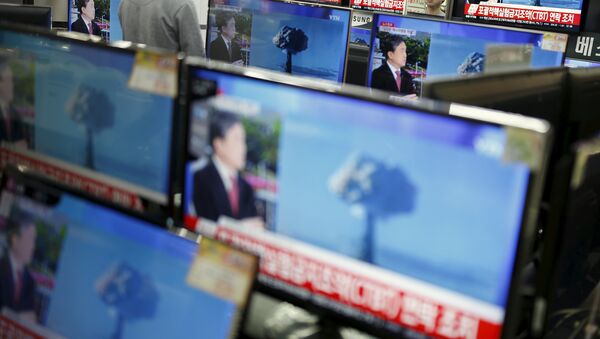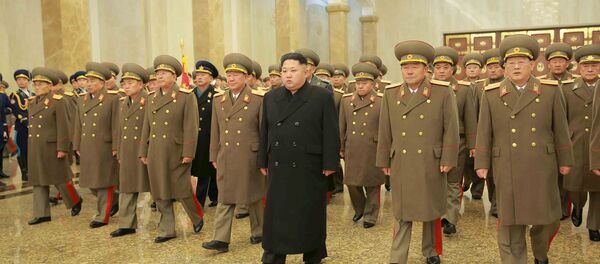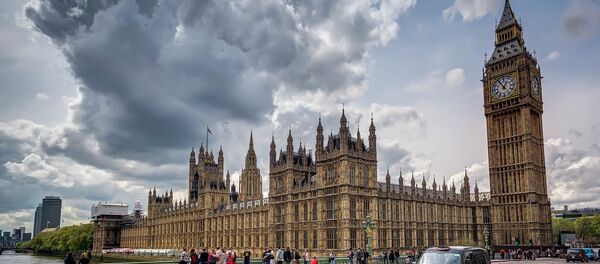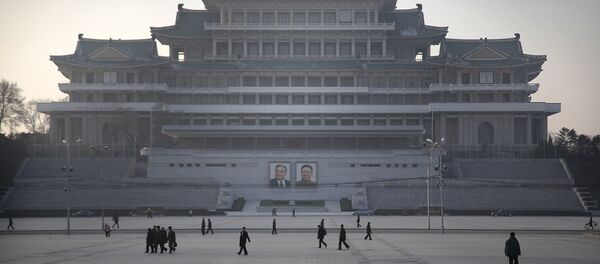North Korea claimed the reason for the test was an act of "self-defense" from its enemies, and promised not use nuclear weapons if the international community respects its sovereignty, according to the statement.
Pyongyang also said that it was ready to continue to actively develop its military industry and nuclear weapons in the event of possible threats.
The test was the fourth time the country has detonated a nuclear device.
The following gives a timeline of the most important events which have led to North Korea’s first H-bomb test.
On October 9, 2006, North Korea demonstrated its nuclear capabilities with its first underground nuclear test, detonating a plutonium based device. The test was conducted successfully, and there was no radioactive leakage from the site, KCNA reported. US intelligence officials analyzed air samples collected a few days after the test and confirmed that the blast had taken place.
On February 13, 2007, the fifth round of the six-party talks on the North Korean nuclear program concluded with an agreement. Pyongyang agreed to shut down the Yongbyon nuclear reactor in 60 days in exchange for massive fuel aid.
On June 26-30, inspectors of the International Atomic Energy Agency (IAEA) arrived in North Korea to discuss the shutdown of the reactor, the first time they were allowed to the country since 2002.
On September 2, following bilateral talks in Geneva, the US said North Korea agreed to dismantle all its nuclear facilities by the end of 2007.
On June 27, 2008, North Korea destroyed a cooling tower at Yongbyon’s main atomic reactor, in a symbolic move to reaffirm its commitment to the agreement.
Two month later, on August 26, Pyongyang said it stopped disabling its nuclear facilities in protest against the delay in removing the country from the US State Sponsors of Terrorism list.
On November 12, 2010, Siegfried Hecker, a US nuclear scientist, made a visit to North Korea. There he was shown an advanced uranium enrichment facility in Yongbyon.
On November 30, North Korean state media reported that the construction of a light-water reactor and the production of low-enriched uranium were making progress.
On February 29, 2012, North Korea agreed to suspend uranium enrichment as well as long-range missile tests.
On January 24, 2013, North Korea’s National Defense Commission announced it will conduct a "high-level nuclear test."
On February 12, North Korea tested its third nuclear device at the Punggye-ri tests site, hours after the Political Bureau of the ruling Workers’ Party vowed to fire long-range rockets.
On May 20, 2015, Pyongyang claimed to obtain nuclear weapons capable of hitting the US.
In December, Kim Jong-Un claimed the country was ready to detonate a hydrogen bomb.
On January 6, 2016, North Korea claimed to have successfully tested its first hydrogen bomb.






